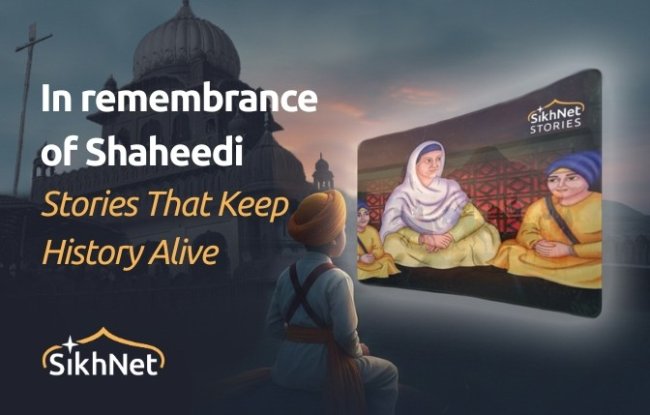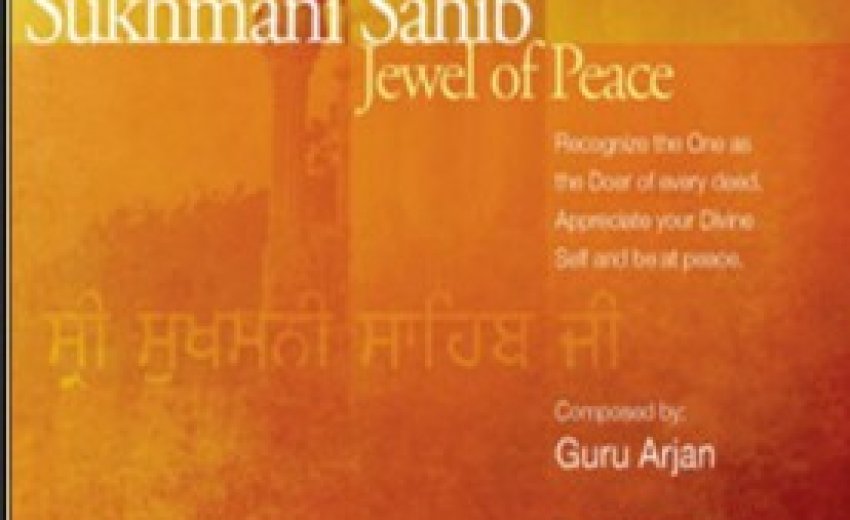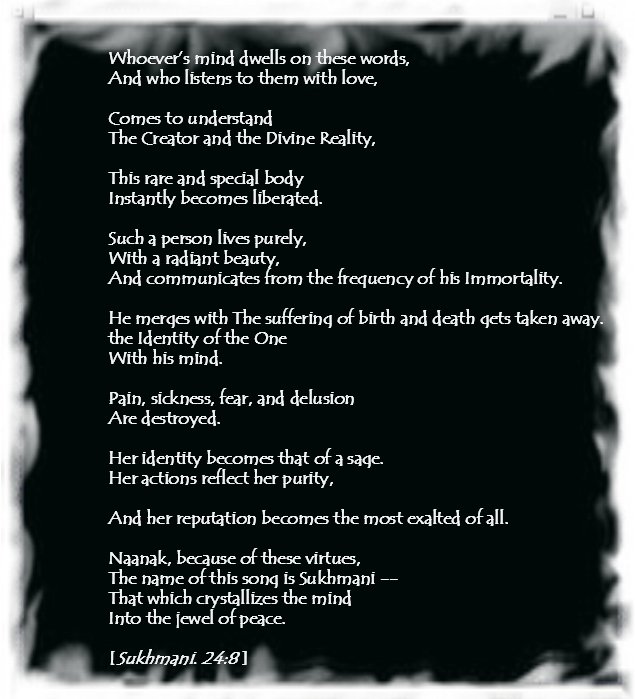“It is the task of the translator to release in his own language that pure language that is under the spell of another, to liberate the language imprisoned in a work in his re-creation of that work.”
- Walter Benjamin (1892-1940)
January 5, 2016: Translations are the need of the hour in present-day Sikhdom.
Not the only need or the most important one, but certainly somewhere near the top of the priority list.
Not just any translations. But good translations.
Into English, the lingua franca of the world today.
Into other languages too, but English needs to be on top of the list. So that the English text of our scripture is embedded in our minds side by side with the original Gurmukhi version. Because English is now the language in which our children think and converse, study and work, and communicate with each other and with the world at large in every sphere of life.
Contrary to doubts and distrust, it is not impossible to do top-notch translations of scripture from one language to another, keeping the meaning inviolate, the magic pristine, the inspiration fresh. Of course, they’ll never be as perfect as the original -- by sheer definition, a translation can always be improved upon -- but they can still be alluring and satisfying and a thing of beauty.
The Christians did it successfully at the turn of the 15th - 16th centuries, and published an exquisite English version in the so-called ‘King James' Bible.’ It continues to inspire its followers, as well as lovers of the English language, even today.
Sure, Sikh scripture has a library-full of English translations that began to apear in mid-19th century. Some of them proved reasonably good, some very … and, as time goes on, better ones keep on emerging. [Some, of course, were abysmal, even intentionally mischievous and misleading: the sad example of Ernest Trumpp comes to mind.]
Max Macauliffe’s translations are still magical and remain the benchmark 116 years later.
The translations done under the aegis of UNESCO have guided me ever since I was a child. So have Khushwant Singh’s, and those by Sir Jogindra Singh, Prakash Singh, Teja Singh, Trilochan Singh, and Ganda Singh. And, most recently, by W.H. McLeod and Nikky-Guninder Kaur Singh.
They are good because they are not literal; they try to convey both form and substance by utilizing the idiom of the recipient language.
Literal translations are useful too, but mostly to scholars and researchers. We are blessed with ever-growing tomes reflecting the life-work of many an ardent Sikh who has taken on the arduous but rewarding task of systematically tackling the complete 1430 pages of the Guru Granth Sahib and other Sikh spiritual texts. [Much of what I say here also applies to works of Sikh history, Punjabi literature and other diversified fields.]
The brilliant exegeses in Punjabi by the likes of Kahn Singh Nabha, Sahib Singh, Sant Singh Maskeen, Prof. Darshan Singh and many, many others have played no small role in taking us further on this brave new path.
The translator today stands on the shoulders of all those I have referred to hereinabove, when he or she ventures into the arena.
It is time, though, to move this never-ending labour of love to the next level.
I believe we need five essential ingredients in a translator, if we are to take the challenge of translating Punjabi and Gurmukhi spiritual works into English to greater heights.
1 The translator must be reasonably well-versed in Punjabi and Gurmukhi.
2 He/she should have a fluency in English which only comes with a life-long immersion in the language, equivalent to that of a first or mother tongue.
3 He/she should be in tune and sympathetic resonance with Sikhi.
4 He/she should have a poetic sensibility, especially when tackling poetry and/or material infused with spiritual and mystical dimensions. [That does not necessarily mean an ability to rhyme which, I believe, is not essential.]
5 He/she should be reasonably conversant with popular culture and idiom of her time and be able to relate to contemporary contexts.
Most, if not all, of those I have named above have had many of these qualities and characteristics, but not necessary all.
* * * * *
SUKHMANI SAHIB - JEWEL OF PEACE, Composed by Guru Arjan,
Poetically interpreted by Ek Ong Kaar Kaur Khalsa.
USA 2015, English, soft cover, pp 260,. ISBN: 978-0-9755576-0-0.
The translator and the translated work I have undertaken to review today are blessed, I believe, with each of these essential elements and put them to good use.
 Ek Ong Kaar Kaur has taken on the translation of Sukhmani Sahib, the longest single composition in The Guru Granth Sahib, after having, earlier, successfully grappled with both Japji Sahib and Anand Sahib.
Ek Ong Kaar Kaur has taken on the translation of Sukhmani Sahib, the longest single composition in The Guru Granth Sahib, after having, earlier, successfully grappled with both Japji Sahib and Anand Sahib.
She is well-versed in Punjabi, Gurmukhi and Sikh scripture. Brought up in an English-speaking environment, she is also fluent in the English language, contemporary idiom and culture. She is a devout Sikh, fully immersed in the practice of its full discipline. And she is a brilliant writer, wowing her many loyal readers (including those of sikhchic.com and sikhnet.com) with her finely-honed poetic and spiritual sensibilities.
I have long been a fan of her writings.
She is honest and bares her soul in all that she puts down on paper. She wears her heart on her sleeve, never afraid to speak her mind, never shying away from what she believes and how she lives her life.
She shares her life experiences with courage and forthrightness. She is deeply spiritual but never falls into the trap of taking religion too seriously. She eschews ritual and superstition. And she’s steeped in chardi kalaa.
What more could one ask for in a translator of Sikh scripture?
I’ve read through her free rendition of the Sukhmani Sahib -- ‘free’ because it is not tied to literalisms, but instead resorts to the daily lingo in which we think and speak -- a few times.
Each reading was easy in that the words flow effortlessly. I’ve never had to stop and linger at a phrase or passage to get its drift; the lines surrender their meaning perfume-like.
No labour is required on the part of the reader.
Which is what poetry is meant to do. That is, not trip us on words or get distracted by their meaning. The music and cadence takes care of it all.
Above all, I love the stark simplicity.
Let me give you but one example.
Verse 16:4 reads thus in the original:
naana roop naana jaa-ke rung
naana bhekh kareh ik rung
naana bidh keeno bisthaar
prabh abnaasi ekangkaar …
Here’s how Nikky-Guninder Kaur Singh, one of my favourite translators, translates it in “The Name of My Beloved” (1995):
You have countless forms, You have countless colours
You have countless guises, yet You are One.
You have designed Your expanse in countless styles,
Yet You are eternal, transcendent, the singular Being …
I love reciting these lines aloud.
Now, Ek Ong Kaar has come along and given it yet another, yet completely different, beauty:
So many forms.
So many colors.
So many disguises
Made from One Love.
The expanse of Creation
Has so many shows.
The Indestructible Master
The One who manifests and merges with the Creation …
What a delight to have another delicious version added to the Sukhmani firmament!
I have neither art nor artifice to be able to do justice to an analysis of either the Sukhmani or Ek Ong Kaar’s sweet interpretation of it. All I can do is imbibe it, savour it and then gush in its pleasure.
What else can one do with gurbani? I’ll suggest you taste it yourself. Pick up a copy and I suspect you too will find a new window into Sukhmani Sahib, as I have.
Don’t skip the essays, though. Ek Ong Kaar’s introduction is a good one, and so is her piece entitled “What is Naam?” And Singh Sahib Harbhajan Singh ji’s lecture on ’Simran and Seva’, which is included in the book by way of introducing the subject of Sukhmani Sahib, will wow you as well.
In closing, let me simply give you Ek Ong Kaar’s final page:
* * * * *
Ek Ong Kaar Kaur is young and in good health. Tackling the Guru Granth Sahib in its entirety may be daunting, but with grace … it is do-able.
Then … inshallah, why not?


